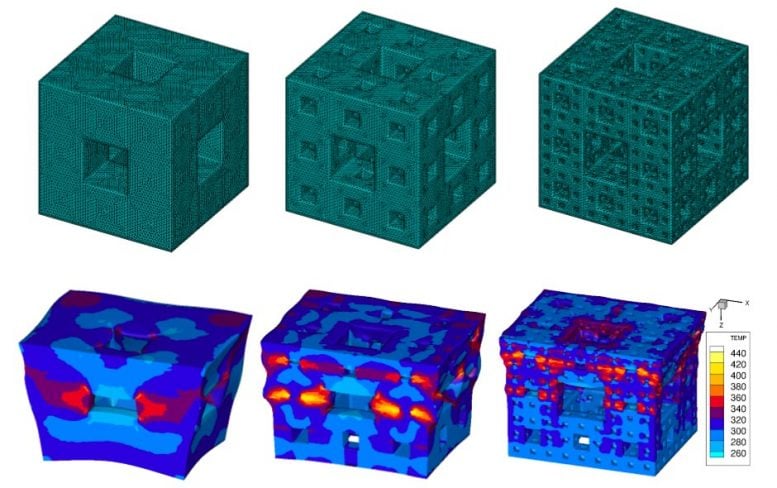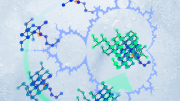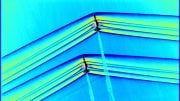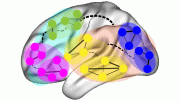
Simulations show how fractal structures of increasing complexity dissipate energy from shockwaves. Credit: Los Alamos National Laboratory
Additively manufactured fractal structures with closely spaced voids dissipate shockwaves five times better than solid cubes.
Tiny, 3D printed cubes of plastic, with intricate fractal voids built into them, have proven to be effective at dissipating shockwaves, potentially leading to new types of lightweight armor and structural materials effective against explosions and impacts.
“The goal of the work is to manipulate the wave interactions resulting from a shockwave,” said Dana Dattelbaum, a scientist at Los Alamos National Laboratory and lead author on a paper to appear in the journal AIP Advances. “The guiding principles for how to do so have not been well defined, certainly less so compared to mechanical deformation of additively manufactured materials. We’re defining those principles, due to advanced, mesoscale manufacturing and design.”
Shockwave dispersing materials that take advantage of voids have been developed in the past, but they typically involved random distributions discovered through trial and error. Others have used layers to reverberate shock and release waves. Precisely controlling the location of holes in a material allows the researchers to design, model, and test structures that perform as designed, in a reproducible way.
The researchers tested their fractal structures by firing an impactor into them at approximately 670 miles per hour. The structured cubes dissipated the shocks five times better than solid cubes of the same material.
Although effective, it’s not clear that the fractal structure is the best shock-dissipating design. The researchers are investigating other void- or interface-based patterns in search of ideal structures to dissipate shocks. New optimization algorithms will guide their work to structures outside of those that consist of regular, repeating structures. Potential applications might include structural supports and protective layers for vehicles, helmets, or other human-wearable protection.
The research will be published in the July 2020 issue of AIP Advances, in the article “Shockwave dissipation by interface-dominated porous structures,” by D.M. Dattelbaum et al.
Reference: “Shockwave dissipation by interface-dominated porous structures” by Dana M. Dattelbaum, Axinte Ionita, Brian M. Patterson, Brittany A. Branch and Lindsey Kuettner, 20 July 2020, AIP Advances.
DOI: 10.1063/5.0015179









It’s not clear that the fractal structure is the best shock-dissipating design.